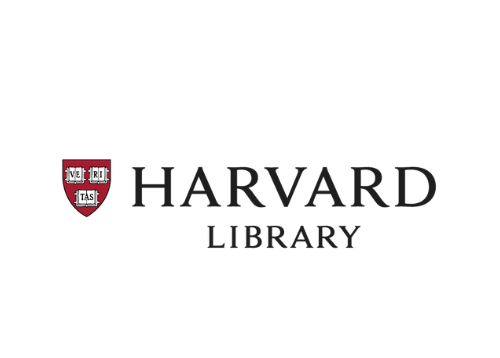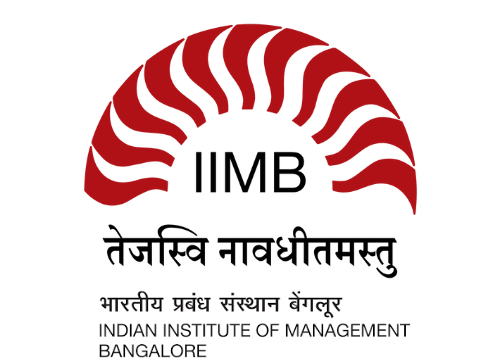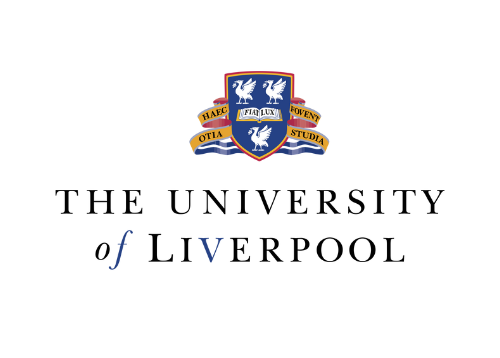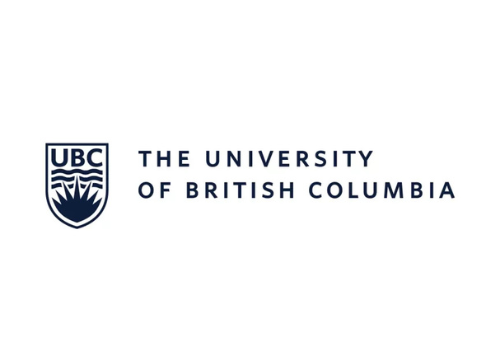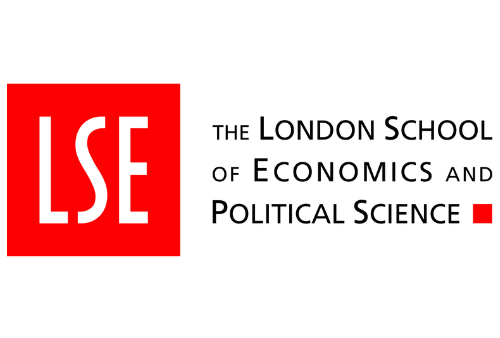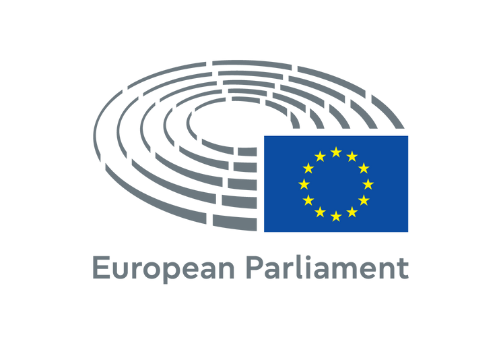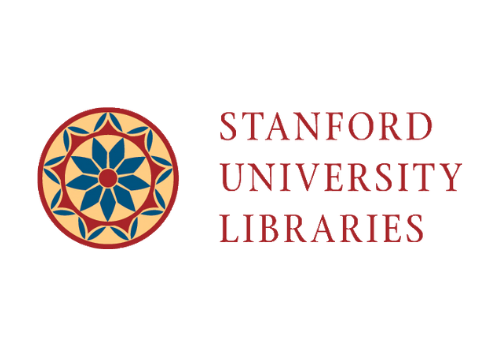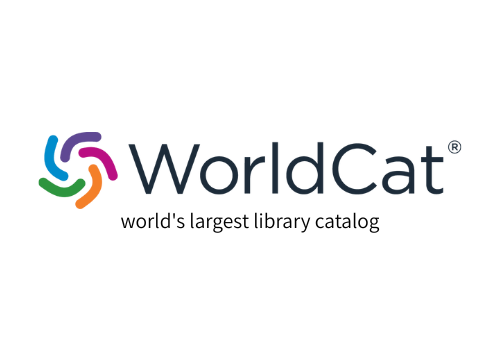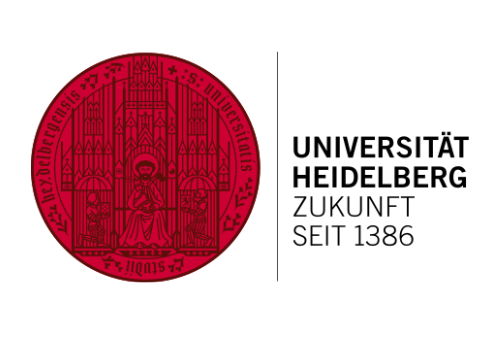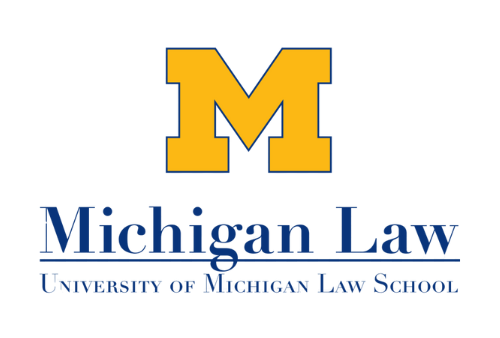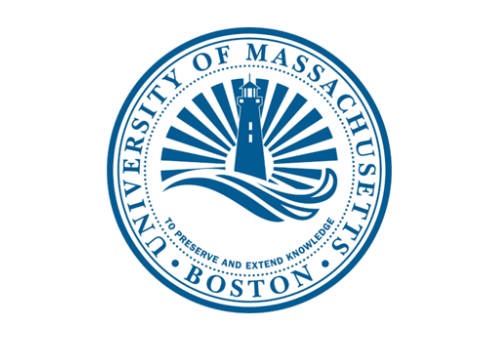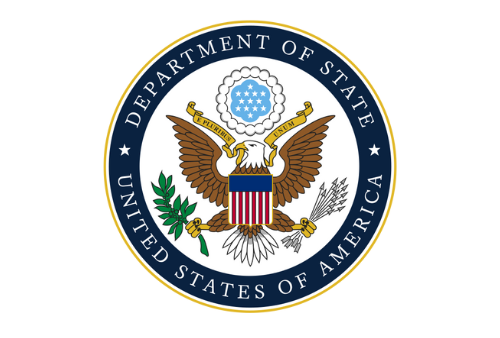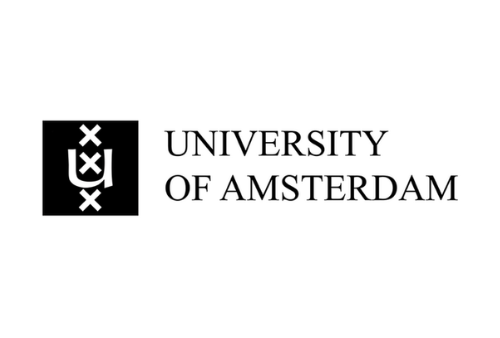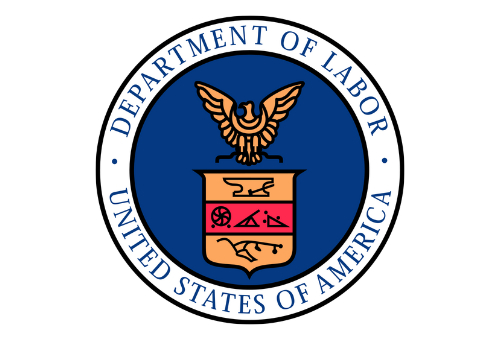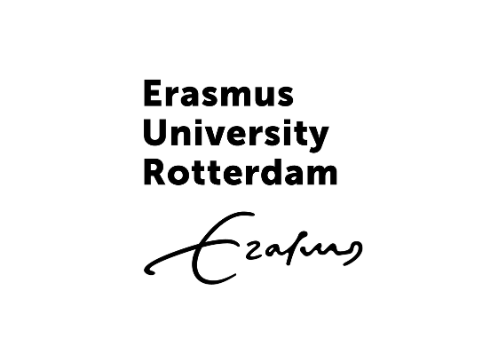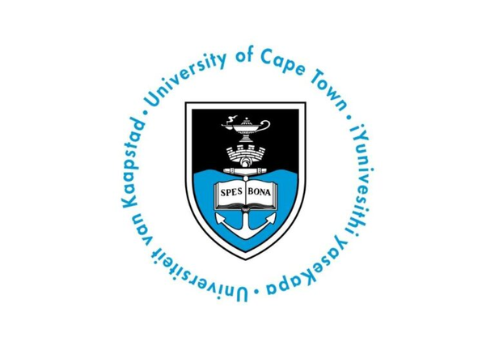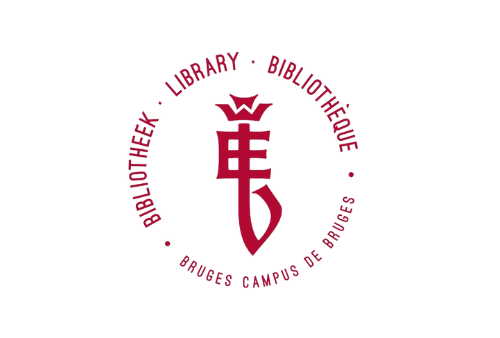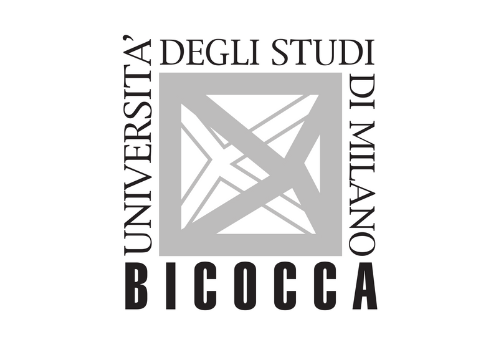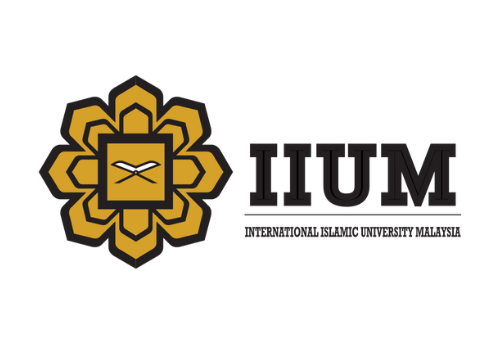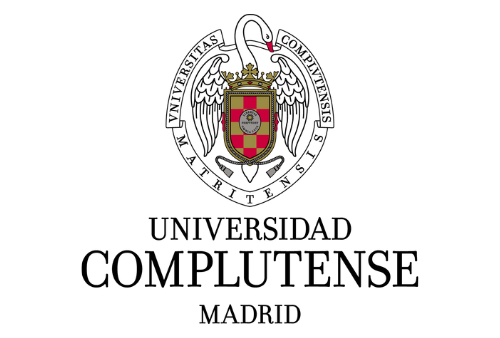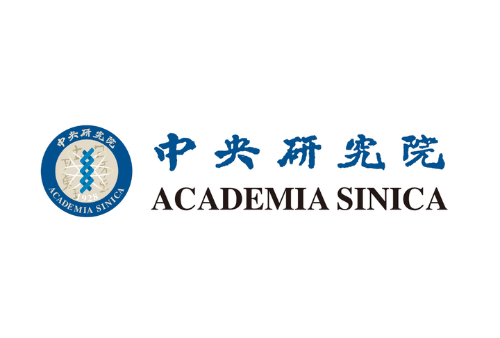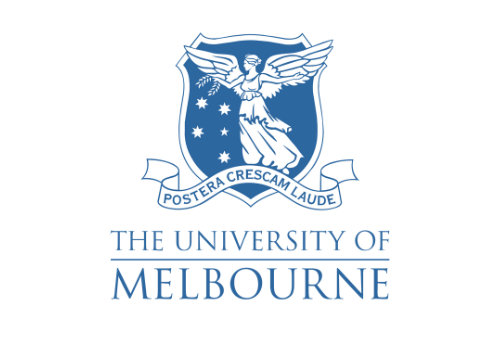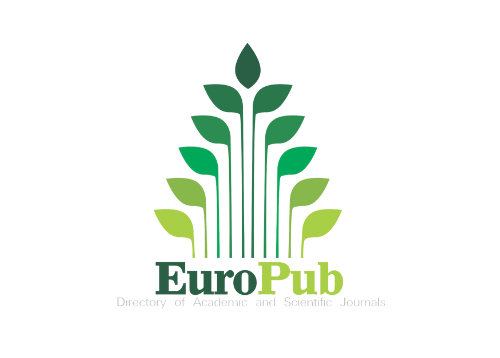CHILD SEXUAL ABUSE LAWS IN INDIA: JUDICIAL IMPACT AND EVOLVING JURISPRUDENCE
Shraddha Tiwari, Ph.D. Research Scholar (LAW), ITM University, Naya Raipur, C.G (India)
Dr. Sona B. Kumar, Ph.D. Supervisor, Associate Professor, ITM University, Naya Raipur, C.G (India).
Child sexual abuse (CSA) remains a grave socio-legal issue in India, demanding urgent and sustained intervention at multiple levels. The enactment of the “Protection of Children from Sexual Offences Act, 2012” (POCSO) marked a significant legislative advancement in establishing a specialized and victim-centric legal regime. However, the real test of the law lies in its judicial interpretation and practical enforcement. This paper critically examines the evolving jurisprudence under POCSO and assesses the role of Indian courts in shaping the statutory framework through purposive interpretation, institutional guidelines, and procedural reforms. By analyzing key judicial pronouncements, including controversial cases like Satish v. State of Maharashtra, the study explores how courts have contributed to both the protection and the unintended criminalization of adolescents. The research further delves into legislative amendments, procedural innovations such as the 2020 POCSO Rules, and policy interventions aimed at strengthening the child protection ecosystem. Drawing upon comparative legal frameworks and international child rights standards, the paper offers a comprehensive review of existing gaps and proposes forward-looking reforms such as the introduction of a close-in-age exemption, investment in child-friendly judicial infrastructure, and preventive education. This study adopts a doctrinal and analytical approach, supported by statutory interpretation, judicial precedents, and global best practices, to highlight the judiciary’s pivotal role in balancing legal protection with the child’s best interests in India’s CSA legal framework.
| 📄 Type | 🔍 Information |
|---|---|
| Research Paper | LawFoyer International Journal of Doctrinal Legal Research (LIJDLR), Volume 3, Issue 3, Page 818–847. |
| 🔗 Creative Commons | © Copyright |
| This work is licensed under a Creative Commons Attribution-NonCommercial 4.0 International License . | © Authors, 2025. All rights reserved. |


